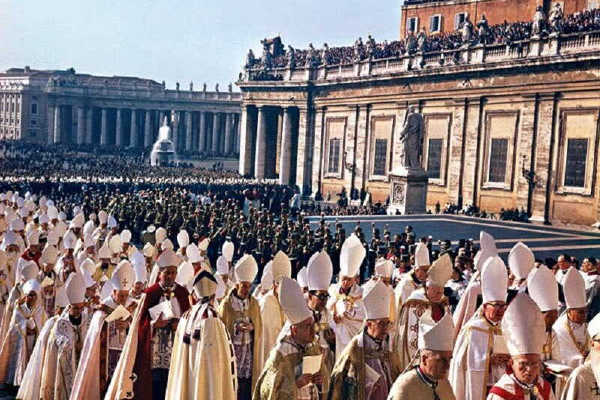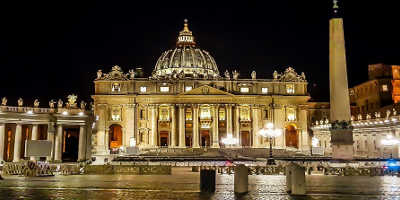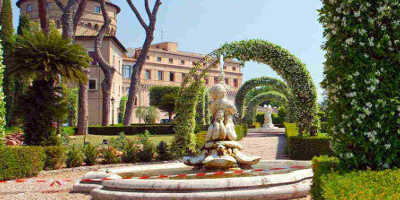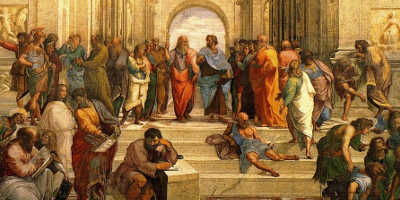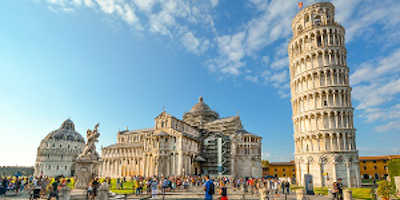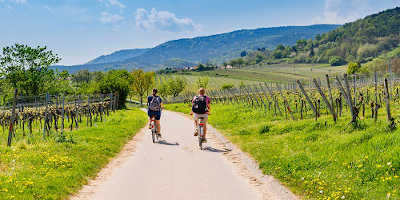What is Vatican II?
One of the most important events of the 20th century, the Vatican II called thousands of bishops and other religious leaders to the Vatican City to forge a new set of operating principles for the Roman Catholic Church
Referred to as the Second Ecumenical Council of the Vatican, but also commonly known as the Second Vatican Council or Vatican II, addressed relations between the Catholic Church and the modern world. Created by Pope John XXIII on 11 October 1962 and stopped on 8 December 1965 by Pope Paul VI. Still, to this day, it is the most significant event in the modern age of the Catholic Church.
What is Vatican II?
In January 1959, Pope John XXIII called for a Second Vatican Council, shocking the world. There hadn’t been an ecumenical council – assembly of Roman Catholic leaders meant to settle doctrinal issues – in nearly 100 years. The first was held from 1868 – 1870 and most famous decision which came out of it was its definition of papal infallibility. Following World War Two, however, Pope John XXIII thought it necessary to reflect on the cultural changes that followed and reconsider church practices in accordance. The meeting brought together over 4,000 bishops and thousands of observers, auditors, sisters, laymen and laywomen to 4 sessions at St. Peter’s Basilica between 1962 – 1965. The meetings entailed settling a number of matters concerning Church practices and policies, with over 9000 proposals on the council’s agenda. After reviewing them, the council decided on many dramatic changes to the church’s traditions, including how the church ceremonies were practised, as well as the use of different languages for the Mass. They also did smaller changes that were less visible but still vital, such as how the church saw itself and their relationship with other faiths. These meetings were a productive success with a total of 16 documents resulting from it, laying out the foundations for what we recognise as the church today.
The Reasons for Vatican II
Simply put, Vatican II was created to help apply the truths of Christ to modern-day life. The 20th century had brought a new way of life to the world’s citizens, with big changes such as World War Two having a huge impact on even the smallest communities. The post-war cultural change saw migrants from America, Europe and South America travelling to new places and influencing social change. Many societies were seen to be ‘Americanised’ a term which is now referred to as ‘Modernisation’, meaning a progressive transition from ‘traditional’ to ‘modern’ society. The Church now appeared too strict and unforgiving for a world tarnished by war, leaving it unfit to rule a modernised society. John XXIII saw this and sought to combat it. When going forward with the council meetings they strove to focus on the theme of reconciliation. Whilst they stated that the Church would never depart from the sacred treasure of truth that had been passed down for generations they did highlight the church’s willingness to operate within the contemporary realm. In keeping with this, they allowed Catholics to pray with other Christian denominations, encouraged friendship with other non-Christian faiths, and opened the door for languages besides Latin to be used during Mass.
Why Vatican II was so Important?
Prior to this, the church was seen as a fortress, very much concerned with its own stability and only engaging with the outside world on a missionary basis. Whilst Pope John XXIII wanted to reinforce the missionary mandate, he also wanted to create an environment of free speech, where the church would engage in all forces of the modern world and seek to see the good in people. This goal can be seen in their changing of mass into a more interactive ceremony, allowing churchgoers the chance to understand the truths uttered before them. It also helped reshape the church’s relationship with other members of society, most notably, other religions. Overall it brought people closer to Catholicism, helping them understand how they could deal with their modern-day issues by listening to the truths of God. This was encouraged by the example set by members of the church who were to strive to respect others as well as themselves and to be open to all those who had the potential to be followers of the Roman Catholic Church.
Today, the council is credited with essentially shaping the modern Catholic Church. Whilst some Catholics still look back fondly on the religion’s more traditional customs, most are open to change. Pope Benedict XVI and Pope Francis are two examples of this. Whilst Pope Benedict makes a point of the Vatican II being a council of reform but in continuity with the Catholic past that came before it. Whereas Pope Francis is of a more progressive attitude, with a mind open to change.
Walk the same halls and rooms as the Popes and other members of the church did during this monument event and join our Vatican & Sistine Chapel Tour today!

